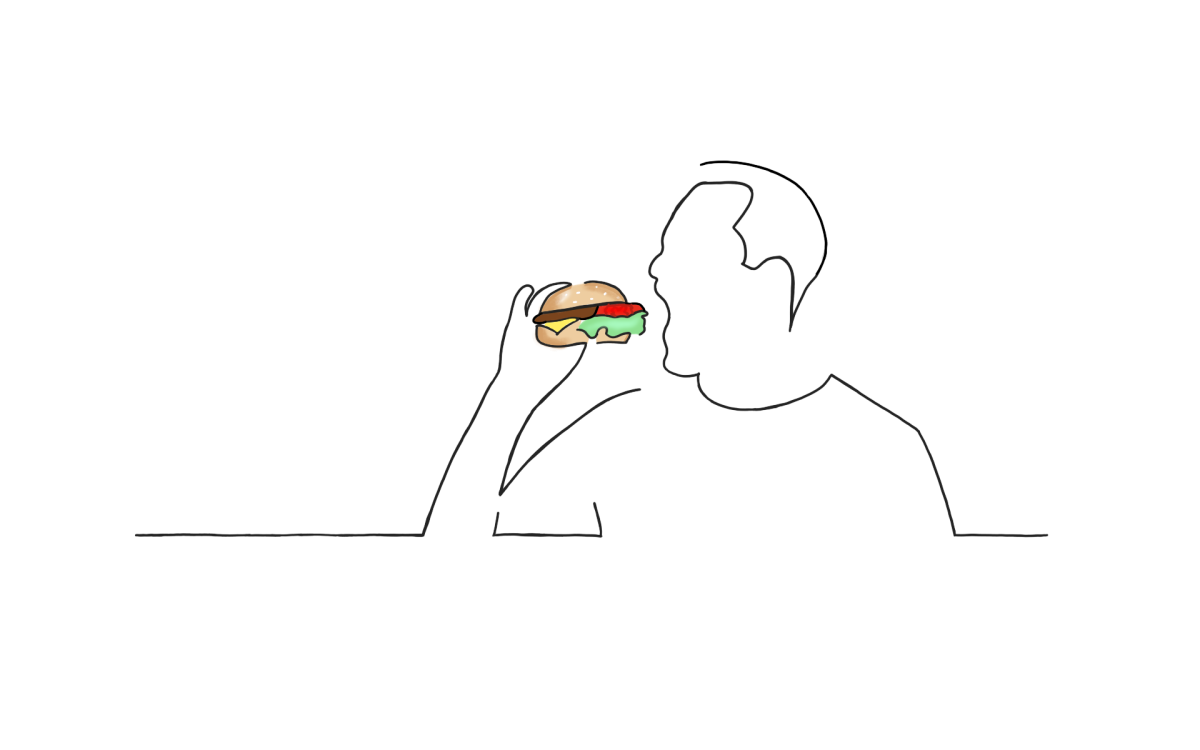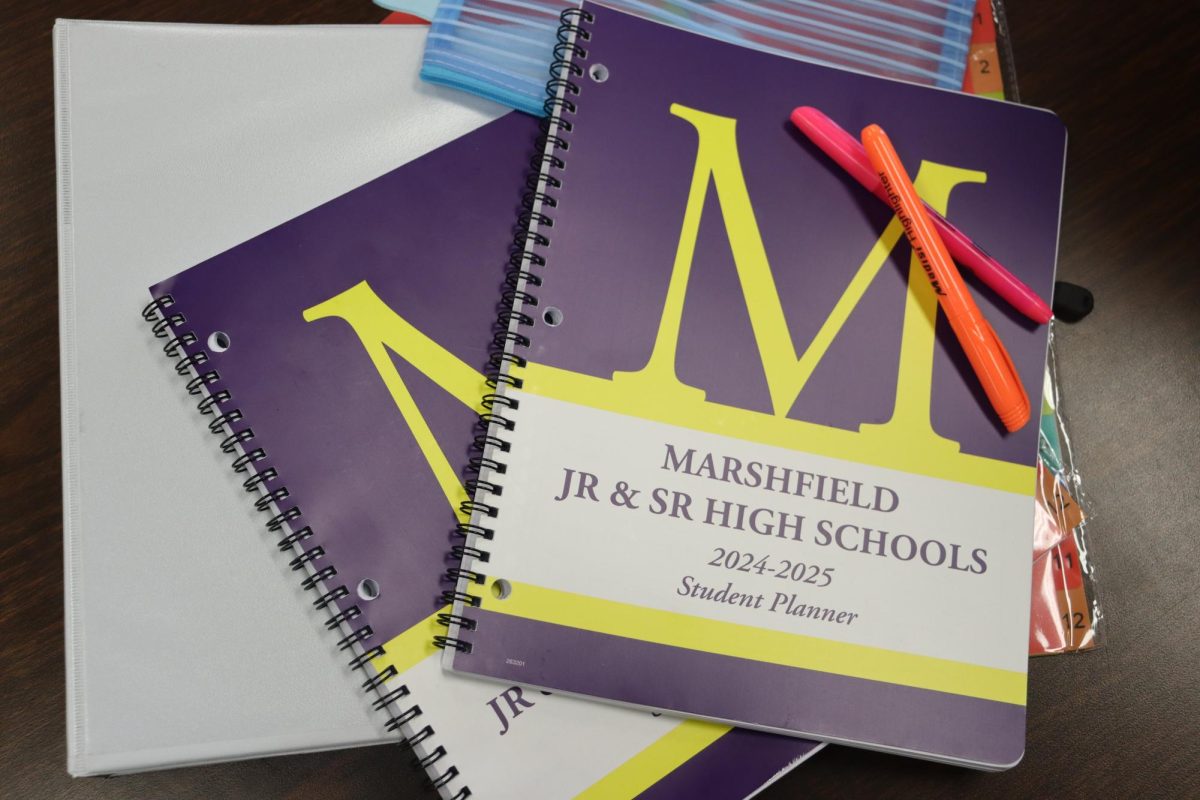Often a result of traumatic experiences, compulsive hoarding impacts more than just housing situations.
Objects that hold a specific memory of a lost loved one or are just miscellaneous items can create a disorder where discarding the item develops into an overbearing ordeal, better known as compulsive hoarding. Along with this, the inability to get rid of objects due to obsessive compulsive disorder (OCD) are just two examples of reasons several homes across the world are cluttered with various items from empty shoe boxes to antiques.
Compulsive hoarding is a mental condition acquired when someone has gone through a traumatic experience. Hoarders tend to feel an attachment to inanimate objects, some that may have little or no value, but the ability to discard them is vacant.
Sophomore Aspen Standlee said the act of hoarding is out of the ordinary, and she does not see the purpose behind it.
“I do not understand why people keep the stuff that they do not need,” Standlee said.
According to the Mayo Clinic, compulsive hoarding can be a symptom of OCD; however, those who hoard may not undergo other OCD-related symptoms. In the US, one out of every 20 individuals is identified as a compulsive hoarder, according to a survey done by the International OCD Foundation.
Senior Emily Caldwell has seen the effects of compulsive hoarding as a firsthand experience. Caldwell’s aunt is one who holds on to items simply to have them around or as a reminder of what she has overcome.
“People hoard from a traumatic experience or because it is from something they did not have so they can fill that void,” Caldwell said.
Occasionally, hoarding reaches a point where the personal items begin to interfere with a person’s day-to-day life. Using the bathroom or going to the kitchen becomes a challenging task when the clutter invades the basic walkways of a home.
Standlee said her grandparents’ house is difficult to maneuver through because of compulsive hoarding. There are paths to only certain portions of the house, usually the most commonly used rooms. The majority of rooms are filled top to bottom with a vast array of items making it difficult to reach simple necessities.
“You cannot really go anywhere, you can only get to the places they always go to,” Standlee said. “It is like an obstacle course.”
Compulsive hoarding is seen as a disorder by some, but like any other condition, it can be cured. In the beginning, it starts with educating the public of the disorder and its common misconceptions. Describing the truth behind the condition will better allow people to understand why hoarding takes place.
According to Caldwell, patience and family support is one of the most important features in helping someone overcome hoarding.
“Some of the family has been helping her [Caldwell’s aunt] clean out her house,” Caldwell said. “It has gotten a lot better than it was before.”























